Psychology of Mindfulness
In our daily attempt to make sense of life and the world, we come to realize that appropriation of life hinges upon our mindfulness. Being alert to how we dwell in the interior and exterior landscapes of our existence may yet turn around the present modes of living into a salutary condition and/or a better direction. And yet, in what sense(s) does “mindfulness” matter to us for genuinely experiencing our mortal time and for (re-)creation of the world? How successfully does “mindfulness” intervene the psycho-somatic experience of predicaments and enable us to better cope with times of distress and suffering? This book is an interdisciplinary collection of studies on mindfulness explored and discussed by the authors from different walks of life, disciplines and interests. It offers a rich set of interventions related to the practice of mindfulness meditations which effectively reduces human predicaments of menstrual-stress, neurosis, loneliness, anxiety, trauma, forgetfulness, and distress over cancer, fear of dying alone, mourning, etc., gathered by the authors through their research, teaching, and practice from the fields of philosophy, psychology, medicine, therapy, social work, education and fine arts. The authors in this volume are thus attuned to the menace of recognizable objectivism and objectification of intrinsically interconnected lives of things, and are seeking, through their studies, ways of overcoming a tyranny of the “I” under a zenith of its objectivism in our cultural climate. Accordingly, this volume includes also three informative essays on the Mahayana Buddhist traditions in India and China, Japanese Sōtō Zen practice of Dōgen, and a comparative study of meditation between the Western and the Eastern traditions of spirituality, so as to shed light on the historical and philosophical backgrounds of mindfulness meditation of the far East. This collection of essays closes with mindfulness as an issue of “interspecies, human-animal relations.” In order to find a step beyond the epoch of anthropocentrism, this book will extend our alertness to nonhuman animals wherein the essential traits of mankind have been repeatedly drawn and appropriated in the history of man. In conclusion, the book will examine new possibilities in the mind of the reader for seeking a way of authentic co-belonging with other species and of building a new ēthos beyond the age of objectivism and anthropocentrism.
{{comment.content}}


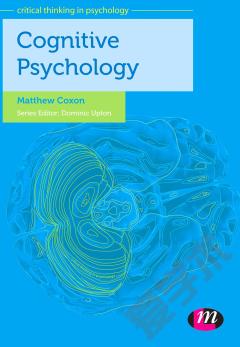
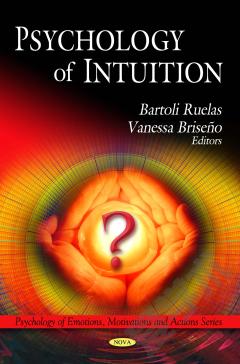
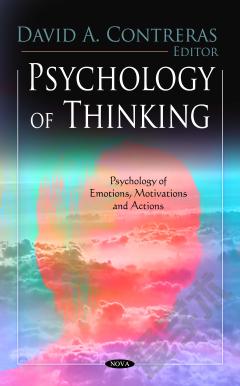
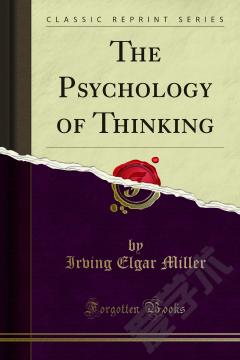
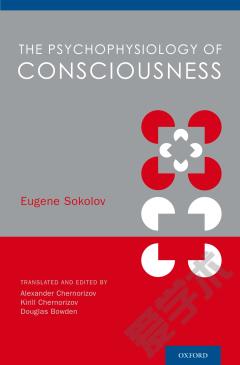

 京公网安备 11010802027623号
京公网安备 11010802027623号